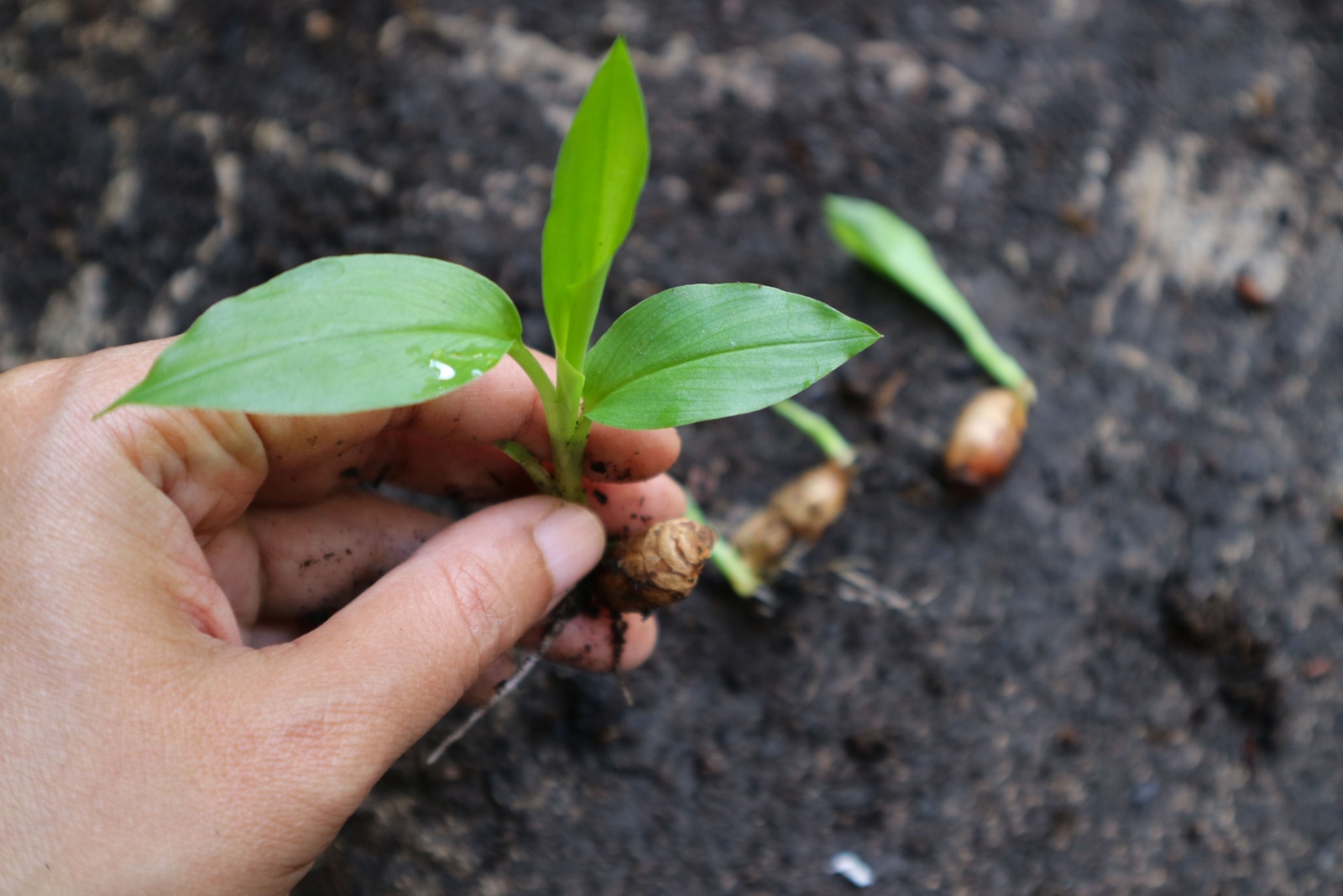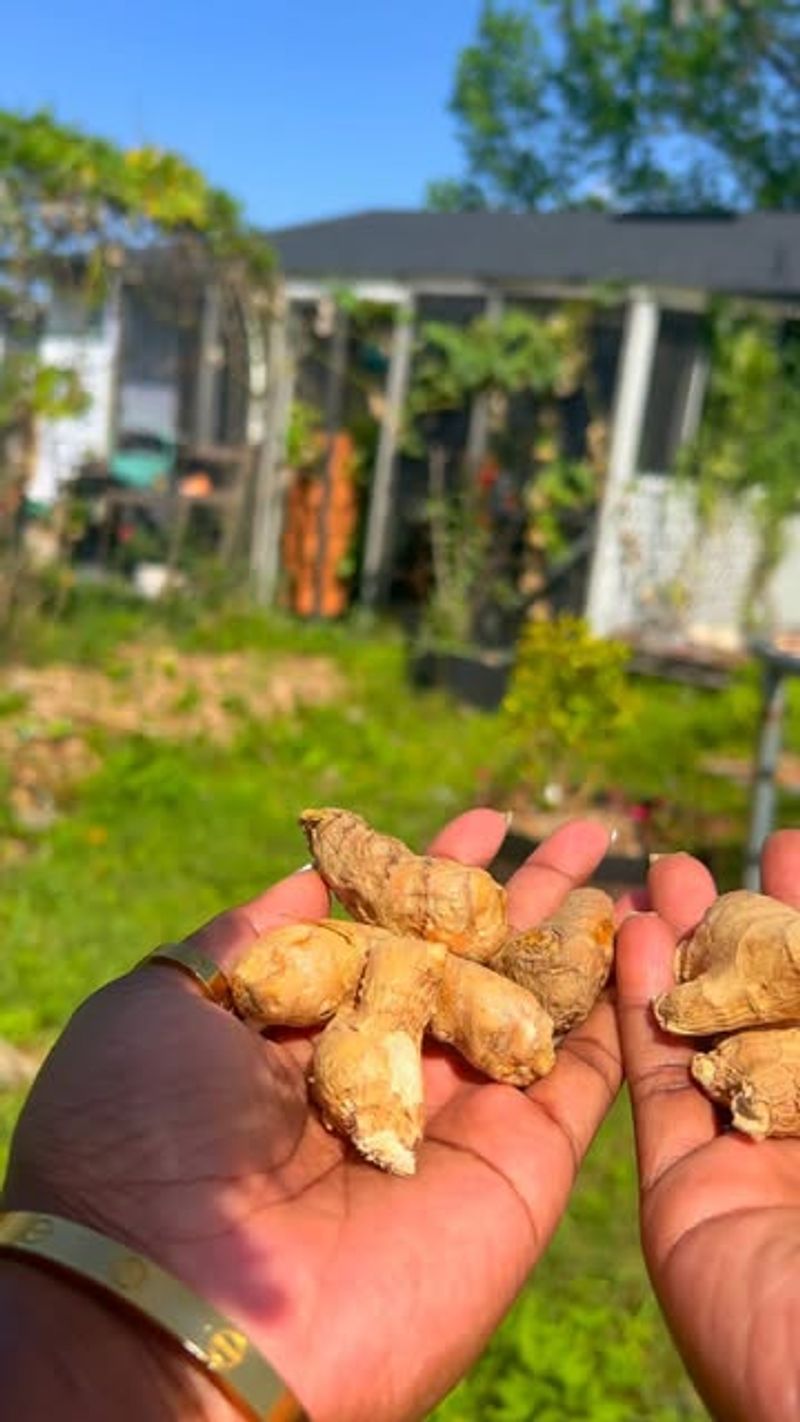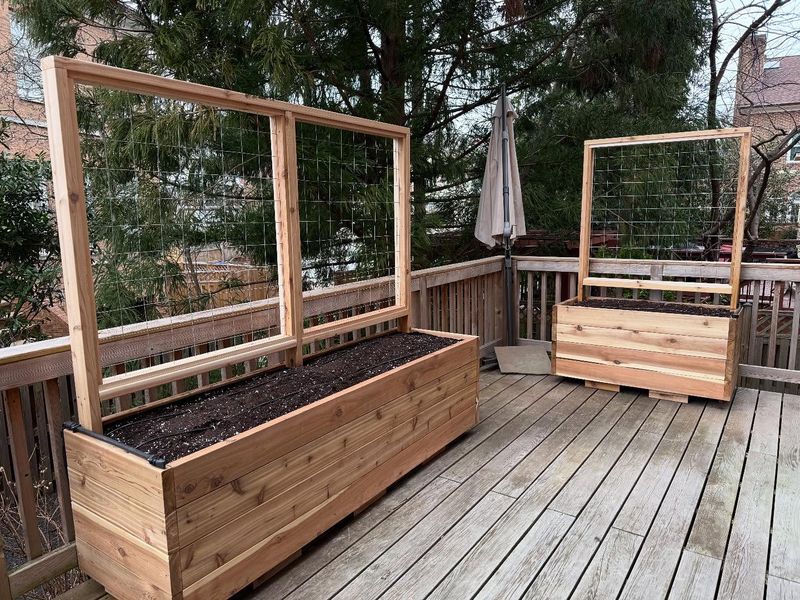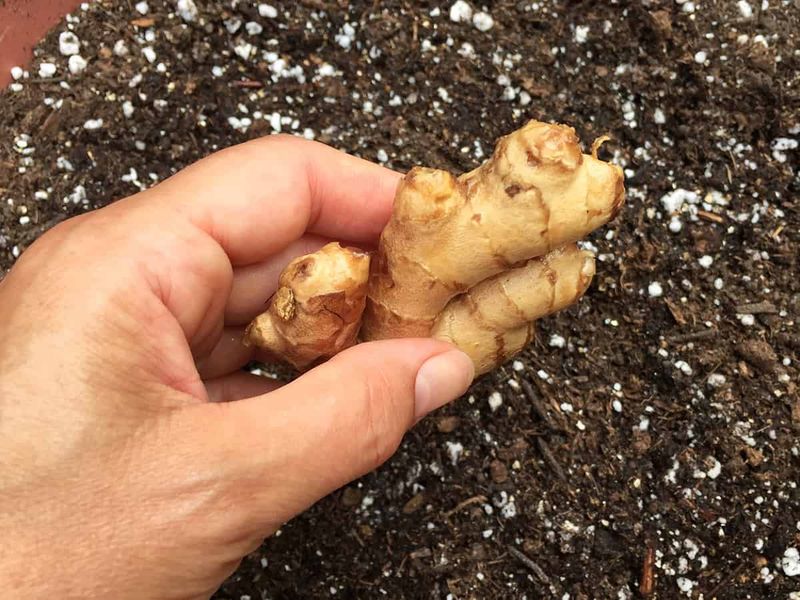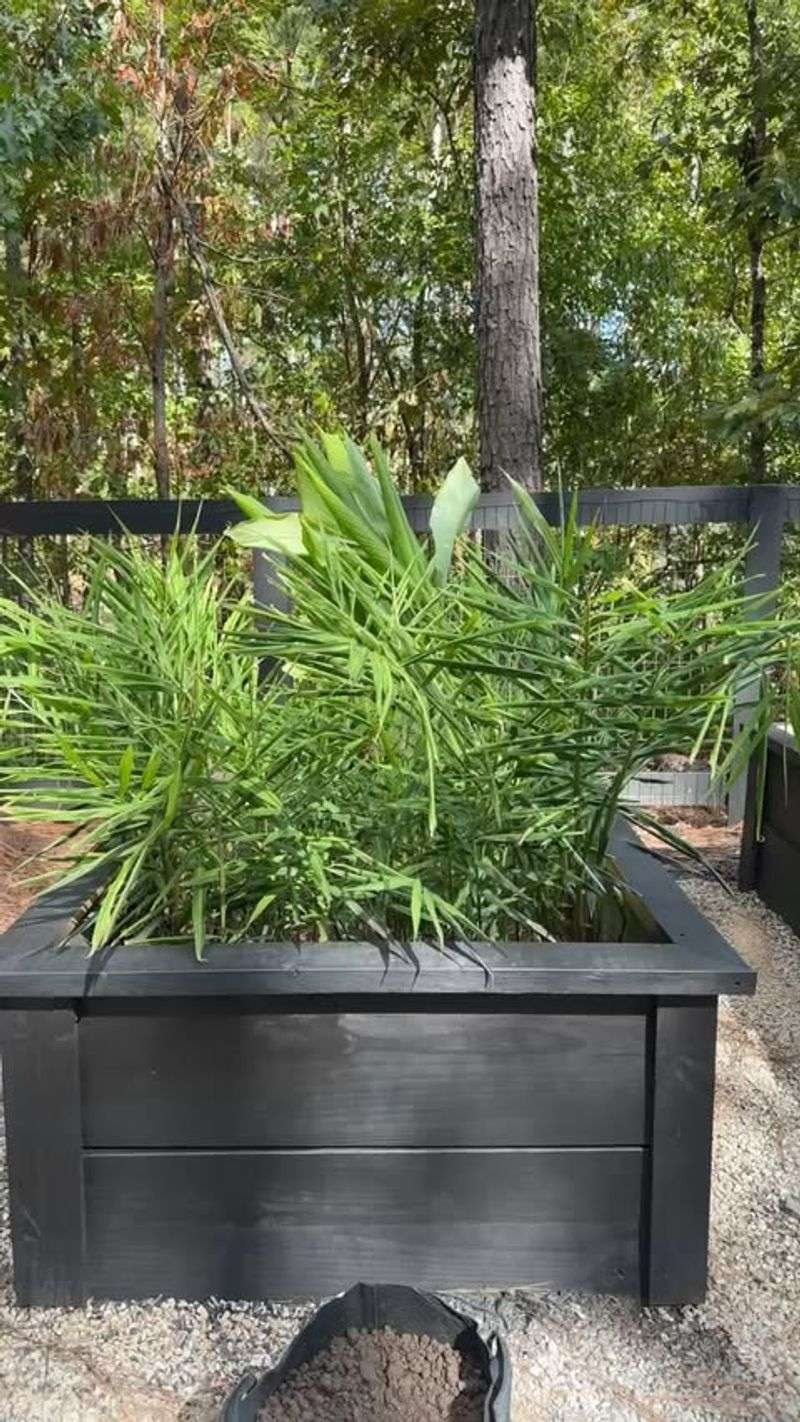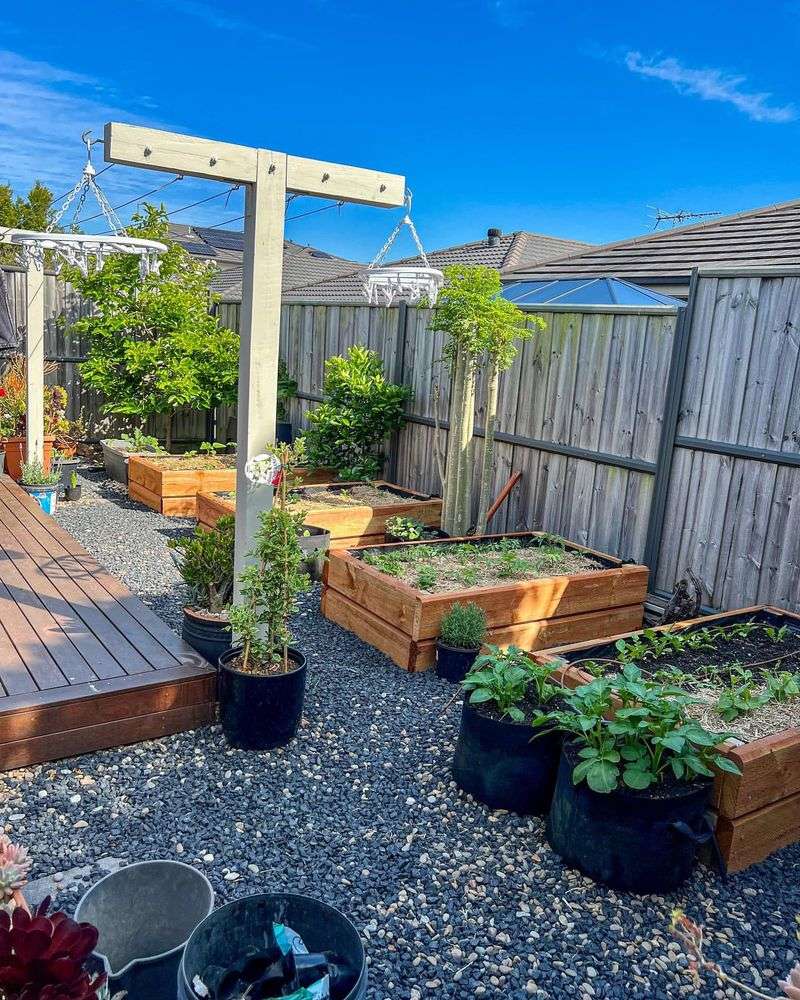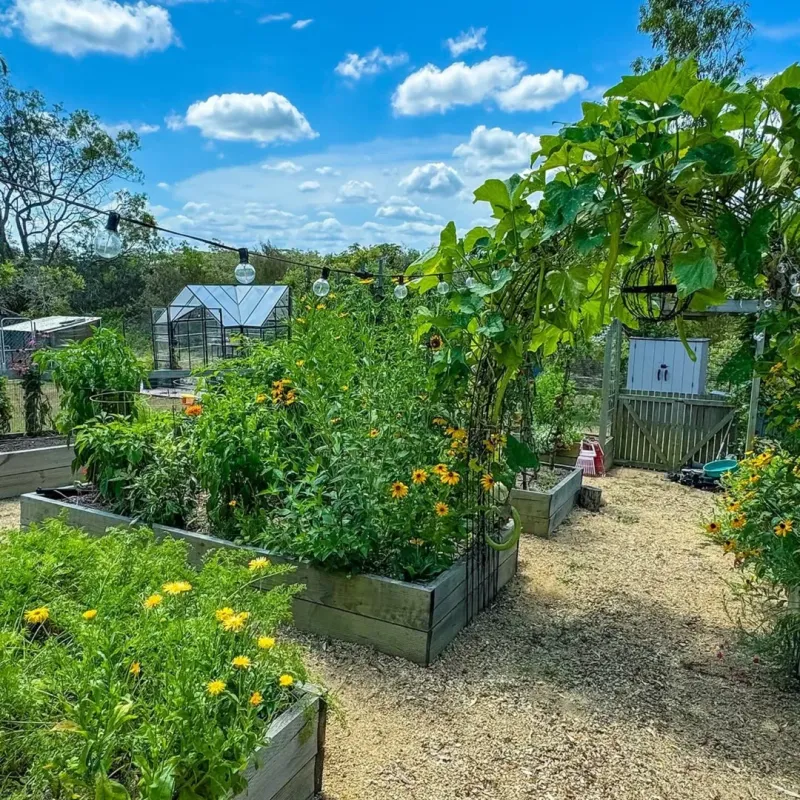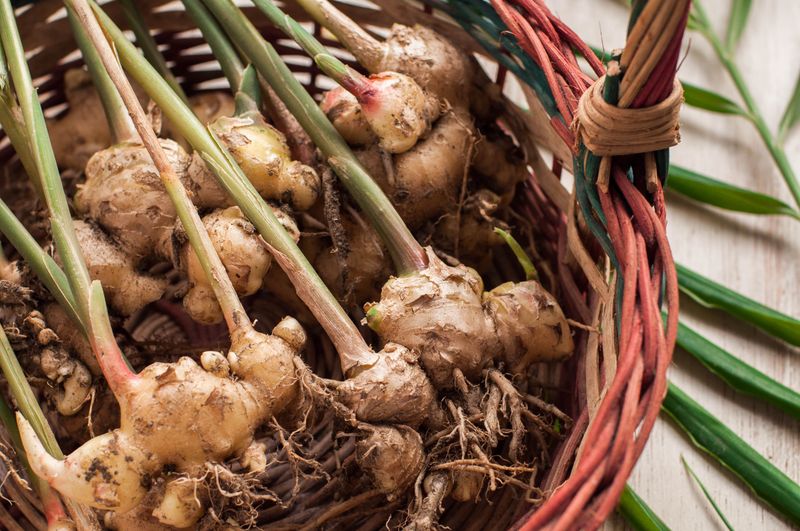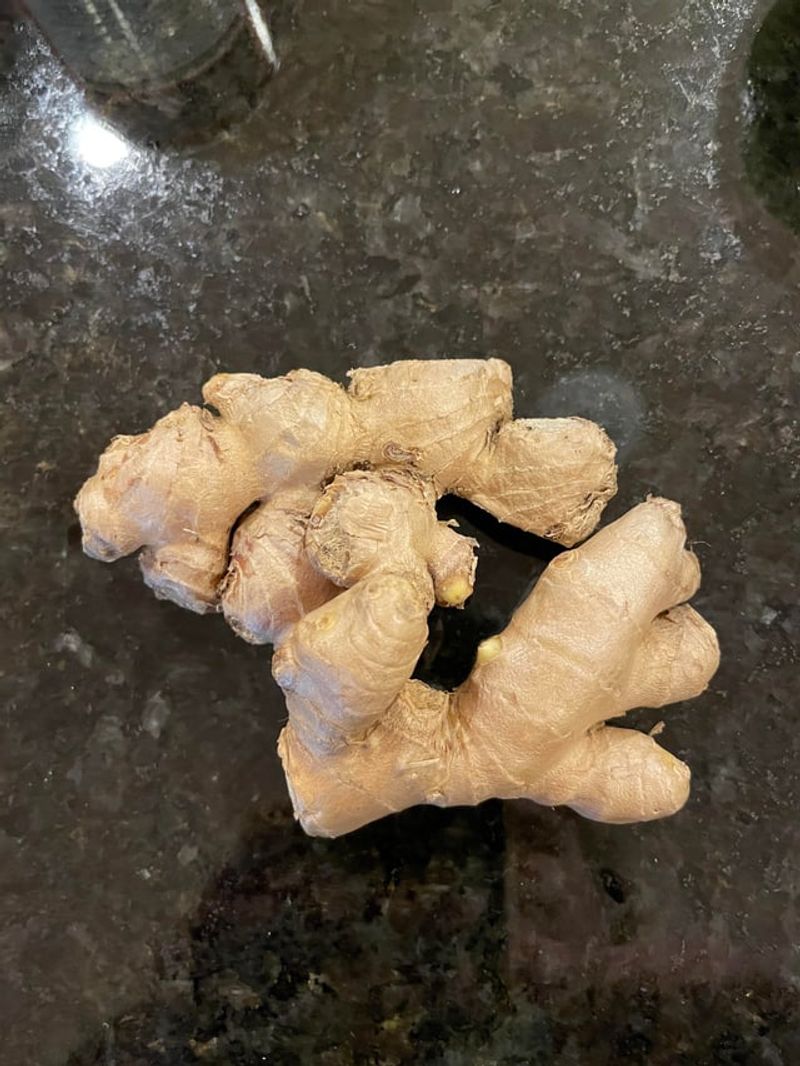Growing ginger in Georgia can be surprisingly rewarding, especially when you use raised beds. They create the warm, well-drained soil that ginger thrives in. Raised beds also help protect your plants from soggy roots and cool snaps.
Ginger loves heat, and Georgia’s climate gives it a great head start. Whether you’re after fresh ginger for cooking or just enjoy the process, a few simple steps go a long way. From planting to harvest, it’s a satisfying journey.
1. Choose The Right Ginger Rhizomes
Finding quality ginger rhizomes is your first step toward a successful harvest. Look for plump, firm pieces at your local garden center or grocery store that have visible growth buds, which look like small bumps or eyes.
Organic ginger works best because it hasn’t been treated with growth inhibitors. Each piece should be about two to three inches long with at least one or two healthy buds.
Avoid shriveled or moldy rhizomes since they won’t sprout properly in your raised bed.
2. Prepare Your Raised Bed With Rich Soil
Ginger thrives in loose, nutrient-rich soil that drains well, making raised beds perfect for Georgia’s climate. Mix equal parts potting soil, compost, and peat moss or coconut coir to create an ideal growing medium.
Your bed should be at least 12 inches deep to accommodate the spreading roots. Add a handful of organic fertilizer to boost nutrients right from the start.
Make sure the soil pH stays between 6.1 and 6.5 for optimal growth throughout the season.
3. Soak Rhizomes Before Planting
Before you plant, give your ginger rhizomes a good overnight soak in lukewarm water. This simple trick helps wake up dormant buds and speeds up the sprouting process significantly.
Fill a bowl with water and let the rhizomes sit for at least eight to twelve hours. You’ll notice they become slightly softer and more hydrated.
After soaking, pat them dry gently with a towel and they’re ready to go into your raised bed right away.
4. Plant At The Correct Depth And Spacing
Proper planting depth makes all the difference when growing ginger in Georgia’s warm climate. Place each rhizome about two to four inches deep with the growth buds pointing upward toward the sky.
Space them roughly eight inches apart to give the roots plenty of room to spread out. Cover gently with soil and pat down lightly without compacting too much.
Water thoroughly after planting to settle the soil around each piece and encourage those buds to start growing.
5. Maintain Consistent Moisture Levels
Ginger plants need steady moisture but hate sitting in waterlogged soil, so balance is key here. Water your raised bed regularly to keep the soil consistently moist, similar to a wrung-out sponge.
During Georgia’s hot summer months, you might need to water every day or every other day. Check the top inch of soil with your finger before watering.
Mulch around plants with straw or wood chips to help retain moisture and keep roots cool during heat waves.
6. Provide Partial Shade And Warmth
Unlike many vegetables, ginger actually prefers filtered sunlight rather than blazing direct rays all day long. Position your raised bed where it receives morning sun and afternoon shade, or use shade cloth during peak hours.
Ginger loves warmth, so wait until soil temperatures reach at least 70 degrees Fahrenheit before planting in spring. Georgia’s climate is perfect once the weather stabilizes.
Protect plants if temperatures drop below 50 degrees by covering with frost cloth overnight.
7. Feed With Organic Fertilizer Monthly
Hungry ginger plants need regular feeding to produce those thick, flavorful rhizomes you’re hoping for at harvest time. Apply a balanced organic fertilizer every four weeks throughout the growing season.
Choose options high in phosphorus and potassium to encourage strong root development underground. Liquid fish emulsion or compost tea works wonderfully as a gentle boost.
Avoid over-fertilizing with nitrogen, which creates lots of leafy growth but smaller rhizomes that disappoint when you dig them up later.
8. Harvest After Foliage Dies Back
Patience pays off when growing ginger because it takes eight to ten months before harvest time arrives in Georgia. Wait until the foliage turns yellow and starts dying back naturally, usually in late fall.
Carefully dig around the base with a garden fork to avoid damaging the rhizomes underneath. Lift the entire clump and shake off excess soil.
Save some pieces with good buds to replant next season, and enjoy the rest fresh in your favorite recipes immediately.

